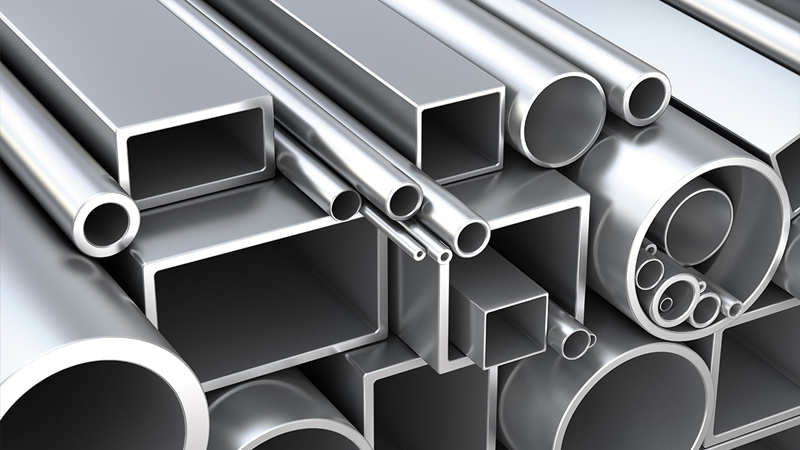
El transporte de fluidos utiliza diferentes tipos de tubos, entre los que los tubos más utilizados son las mangueras y las tuberías. Son eficientes en la transferencia de líquidos de un punto a otro. Discutiremos la diferencia entre manguera y tubería en este artículo.
Tubo
Una tubería es un cilindro hueco o sección tubular, que se utiliza para transportar sustancias que fluyen. Por lo general, se utilizan para aplicaciones estructurales, fabricación y barandas. Los tubos y las tuberías pueden ser intercambiables. Sin embargo, cuando se trata de ingeniería e industria, estos términos tienen definiciones separadas. Las tuberías generalmente se instalan para fines a largo plazo. El flujo de los líquidos se apoya en tes y codos.
Manguera
Una manguera es un tubo de forma hueca creado para transmitir fluidos de un punto a otro. Las mangueras se construyen en función de la aplicación y el rendimiento. Por lo general, se diseñan en función de su clasificación de presión, peso, longitud, manguera de bobina, manguera recta y compatibilidad química. Existen varios tipos de mangueras según sus aplicaciones, como mangueras de jardín, mangueras contra incendios o mangueras de aire. Suelen utilizarse con grifos o abrazaderas para gestionar el flujo de agua.
Diferencia entre manguera y tubería:
Una manguera es un tubo de forma hueca creado para transmitir fluidos de un área a la siguiente.
Una tubería es un cilindro hueco o sección tubular, que se utiliza para transportar sustancias que fluyen.
Una manguera es más pequeña que una tubería.
La manguera está compuesta de un material más flexible en comparación con las tuberías que se componen de tubos rígidos.
Las mangueras son una combinación de varios materiales de poliuretano, polietileno, nailon y fibras naturales o sintéticas, mientras que las tuberías están hechas de fibra de vidrio, metales, cerámica, plástico y hormigón.
Una manguera generalmente tiene una sección transversal circular, mientras que las tuberías pueden tenerla o no.
Transportation of fluids uses different types of tubes, among which most commonly used tubes are hoses and pipes. They are efficient in transferring liquids from one point to the other.We will discuss the difference between hose and pipe in this article.
Pipe
A pipe is a hollow cylinder or tubular section, which is used in conveying substances that flow. They are typically utilized for structural applications, fabrication and railings. Tube and pipes can be interchangeable. However, when it comes to engineering and the industry, these terms have separate definitions. Pipes are usually put up for long-term purposes. The flow of the liquids is supported by tees and elbows.
Hose
A hose is a hollow-shaped tube created to transmit fluids from one point to the next. Hoses are built based on application and performance. They are usually designed based on their Pressure rating, weight, length, coil hose, straight hose and chemical compatibility. There are various types of hose based on their applications, such as garden hose, fire hose or air hose. They are usually used with spigots or clamps in order manage water flow.
Difference Between Hose and Pipe:
- A hose is a hollow-shaped tube created to transmit fluids from one area to the next.
- A pipe is a hollow cylinder or tubular section, which is used in conveying substances that flow.
- A hose is smaller than pipe.
- Hose is composed of a more flexible material compared to pipes that are composed of rigid tubes.
- Hoses are a combination of various materials from polyurethane, polyethylene, nylon and natural or synthetic fibers while pipes are made from fiberglass, metals, ceramic, plastic and concrete.
- A hose generally has a circular cross section while pipes may or may not have one.

- Log in to post comments